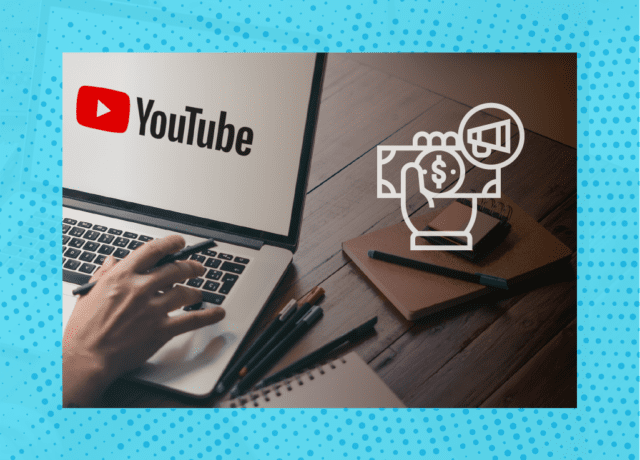Digital marketers have long known about the importance of advertising on YouTube. But the pandemic motivated marketers to increase their investments.
With people at home, streaming online video moved beyond mobile. 120 million people now watch YouTube and YouTube TV on their televisions——making advertising on the platform even more valuable.
With the targeting advertising capabilities, self-service tools, and unbeatable amount of data Google has, there’s no way to downplay the importance of YouTube advertisements.
But many people don’t realize there are essentially two pathways to purchasing ads on YouTube. If your brand or agency is wondering where to start, consider the basic differences between Google Ads and Display & Video 360 (DV360) before jumping in.

Google Ads vs DV360: A Breakdown
What is Google Ads?
Google Ads, formerly AdWords, is Google’s advertising platform where advertisers can place ads across Google Search, non-search websites, mobile apps, and YouTube. The system is partially based on cookies and partially on keywords.
Ads purchased using Google Ads vary depending on the maximum amount an advertiser is willing to pay per click, the keywords, relevancy and other factors. On average, ads may range from $0.03 to $0.30 per view.
Access to Google Ads is free.
What is Display & Video 360 (DV360)?
DV360, formerly Doubleclick Bid Manager, is less understood than Google Ads because the platform is generally used at an enterprise level. Google Ads, on the other hand, is used primarily by small and mid-sized businesses.
DV360 is Google’s demand side platform (DSP) that falls under Google Marketing Platform. It integrates with Studio, Campaign Manager and Google Analytics.
With its integration with other Google products, this DSP allows marketers to buy targeted advertising using first-party data.
DV360 gives buyers more robust targeting capabilities, a larger selection of inventory and more optimization options. Because it is a more complex tool, it is more cost-effective at scale. Some leaders recommend a minimum $50,000 budget.
Google does charge a fee to use DV360, but the fee is included in the media spend and is transparently reported.
Why Both Google Ads and Display & Video 360 are Great Options
Both offer exceptional targeted advertising that relies on Google’s immense amount of data.
Marketers can define their target audiences by keywords, topics or demographics. If you already have your ads made, you can set up a campaign targeted at your specific audience within minutes.
Though DV360 requires more knowledge and an advanced skill set to fully utilize all of the advanced features (e.g. a unified audience approach, greater inventory, etc.), it is a centralized end-to-end platform that makes self-service campaign management fairly simple. Learn more about how to run campaigns in DV360 with this free course from Google.
Both offer tracking, data and reporting to gain insights on how your campaigns are performing.
Overall, both offer great targeting, bidding and analytics capabilities. If you’re deciding between which is better for you consider your: campaign scope, budget and ability to integrate your YouTube strategy with other channels. Smaller businesses will likely go with Google Ads, while larger corporations may choose to invest in DV360 offerings.
For more updates like this, stay tuned. Subscribe to our blog for more updates on coronavirus and its mark on the economy.



